Tokyo apartment sale prices increase for 59th consecutive month
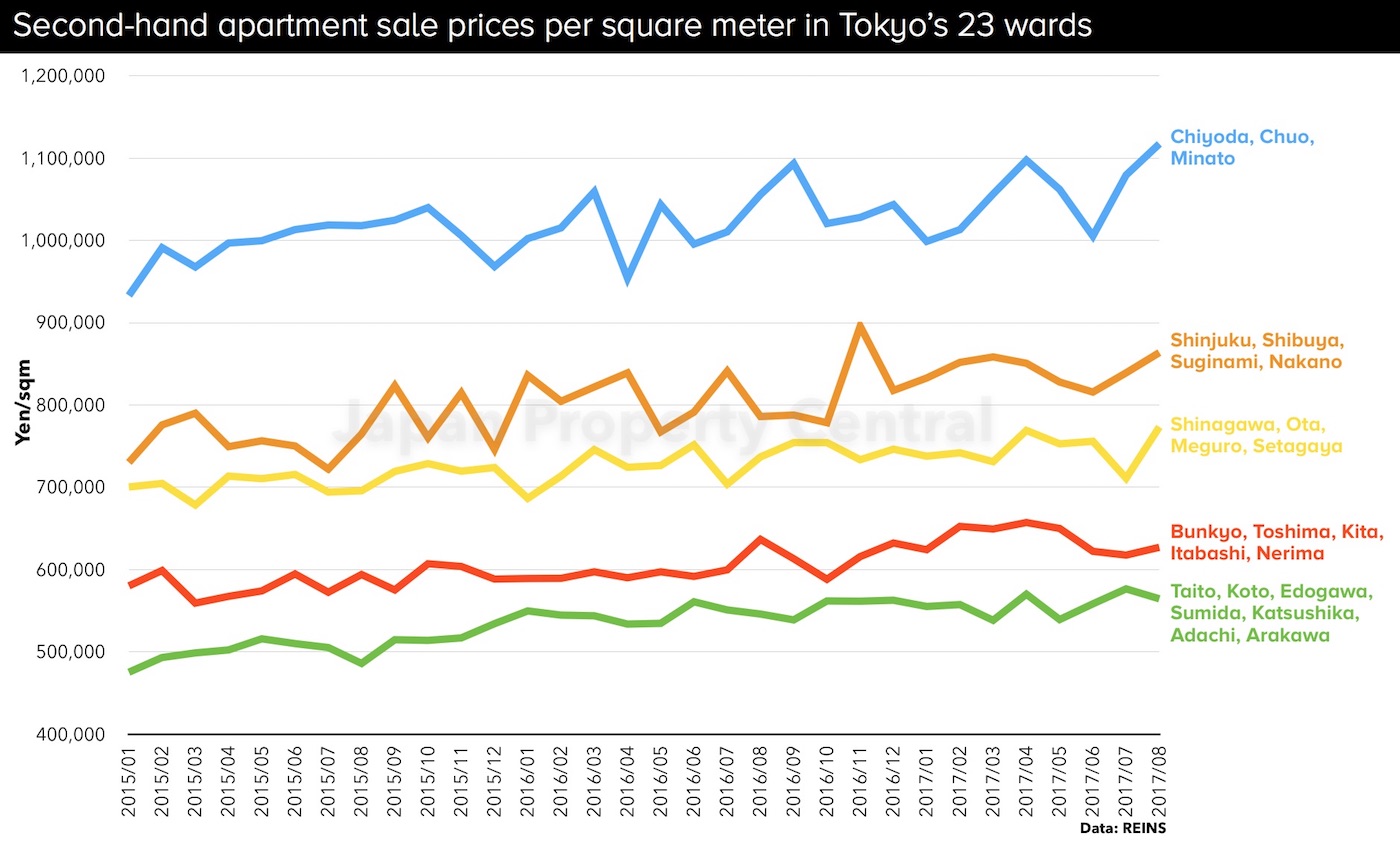
According to REINS, 2,265 second-hand apartments were sold across greater Tokyo in August, down 31.4% from July and down 5.0% from last year. August is one of the hottest months in the year and often a time when Japanese take a vacation, so sales are typically slower than in July or September.
The average sale price was 32,380,000 Yen, up 2.5% from the previous month and up 7.6% from last year. The average price per square meter was 505,000 Yen, up 2.1% from the previous month and up 5.9% from last year. This is the 56th month in a row to record a year-on-year increase in sale prices. The average building age was 20.69 years.
In the Tokyo metropolitan area 1,141 second-hand apartments were sold, down 33.7% from the previous month and down 4.8% from last year. The average sale price was 40,350,000 Yen, up 4.4% from the previous month and up 7.4% from last year. The average price per square meter was 684,200 Yen, up 4.3% from the previous month and up 7.4% from last year. This is the 59th month in a row to record a year-on-year increase in sale prices. The average building age was 19.39 years.
Price growth in Tokyo more subdued than the 2007 mini-bubble
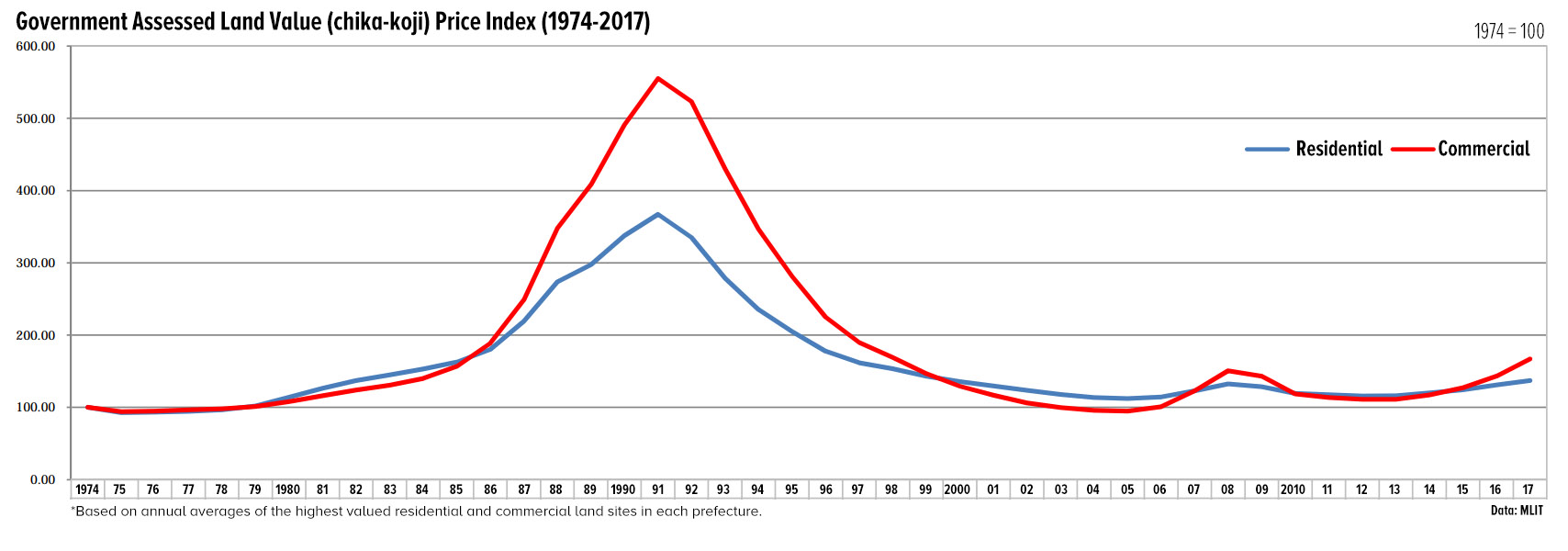
Earlier this year, rosenka tax values at a section of ultra-prime commercial land in Tokyo’s Ginza district increased by 26% from the previous year to a record high of 40,320,000 Yen per square meter, exceeding the previous high of 36,500,000 Yen/sqm in 1992 and causing some to warn of an impending bubble and overheating of the property market in the nation’s capital.
There is valid cause for concern in some sectors of the investment-property market due to potential over-construction and over-lending to landowners to build small blocks of 'apaato' type rental flats in suburban areas with low rental demand.
But are current conditions mimicking previous bubbles?
This time around Japan is getting more foreign tourists than ever before, boosting revenues for both hotels and retails shops, making the increase in commercial real estate values much more pronounced than the residential market which relies more on real domestic demand.
Tokyo Midtown Hibiya to open in March 2018
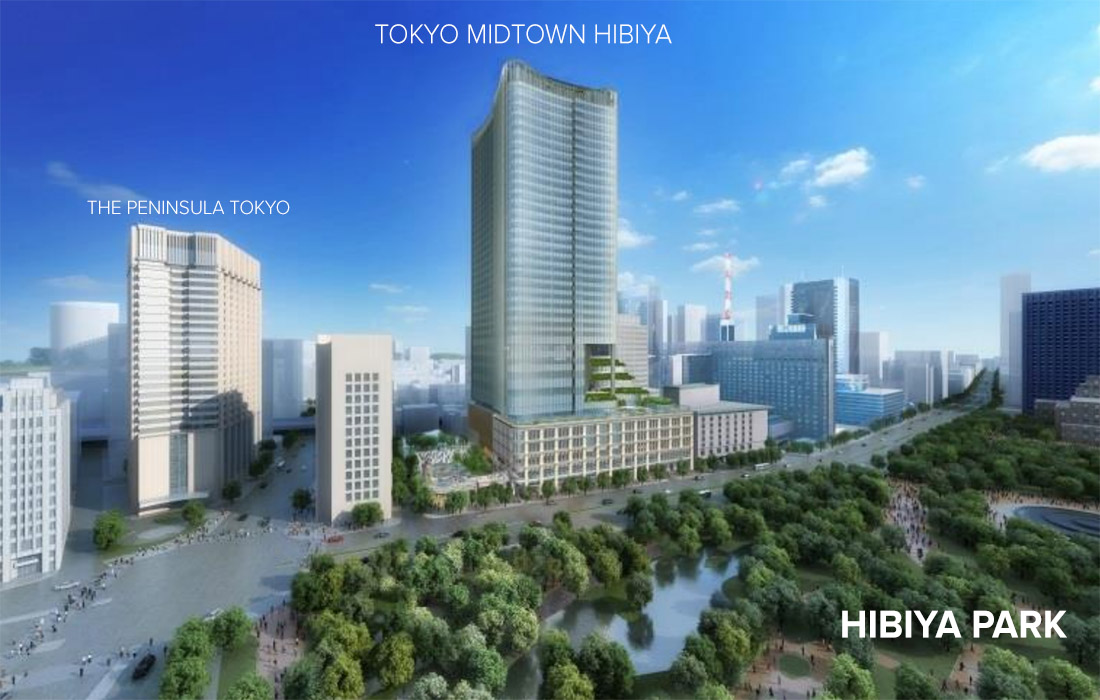
On September 4, Mitsui Fudosan announced that the official name of the large-scale redevelopment opposite Hibiya Park in downtown Tokyo will be Tokyo Midtown Hibiya. The 191m tall building will include office space, the 2,300 seat TOHO Cinemas Hibiya, and 60 stores and restaurants.
The grand opening is scheduled for March 29, 2018.
Onsen and retail complex near new Toyosu Fish Market in jeopardy
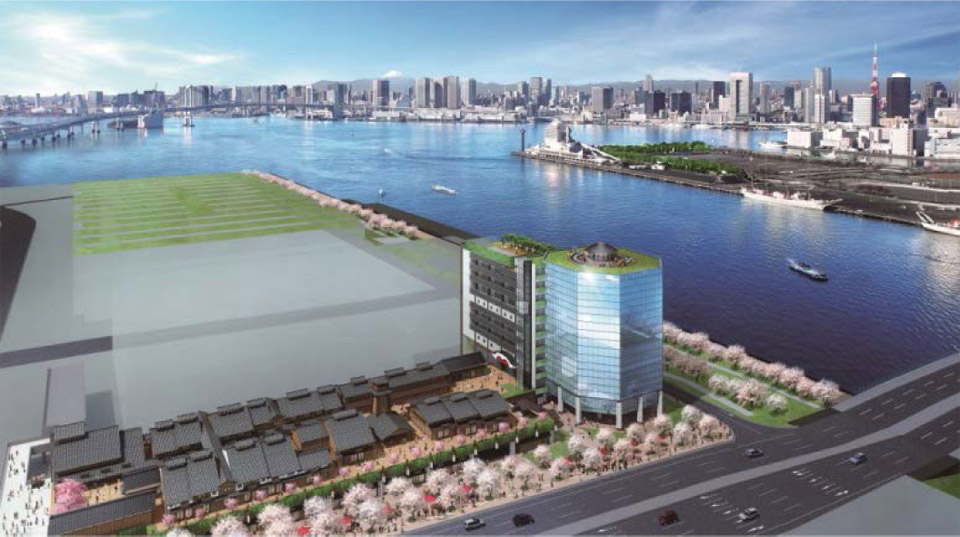
The operator of a planned onsen, hotel and retail center to be built next-door to the Toyosu Fish Market in Tokyo has announced that they may withdraw their plans due to concerns about feasibility. The proposed ‘Senkaku-banrai’ center would include a 24hr hot spring bath, hotel and 200 restaurants and stores, with a forecast for 1.9 million annual visitors.
Tokyo Apartment Sales in August 2017

The following is a selection of apartments that were sold in central Tokyo during the month of August 2017:Read more
Home builder introduces 9-storey home to their line-up
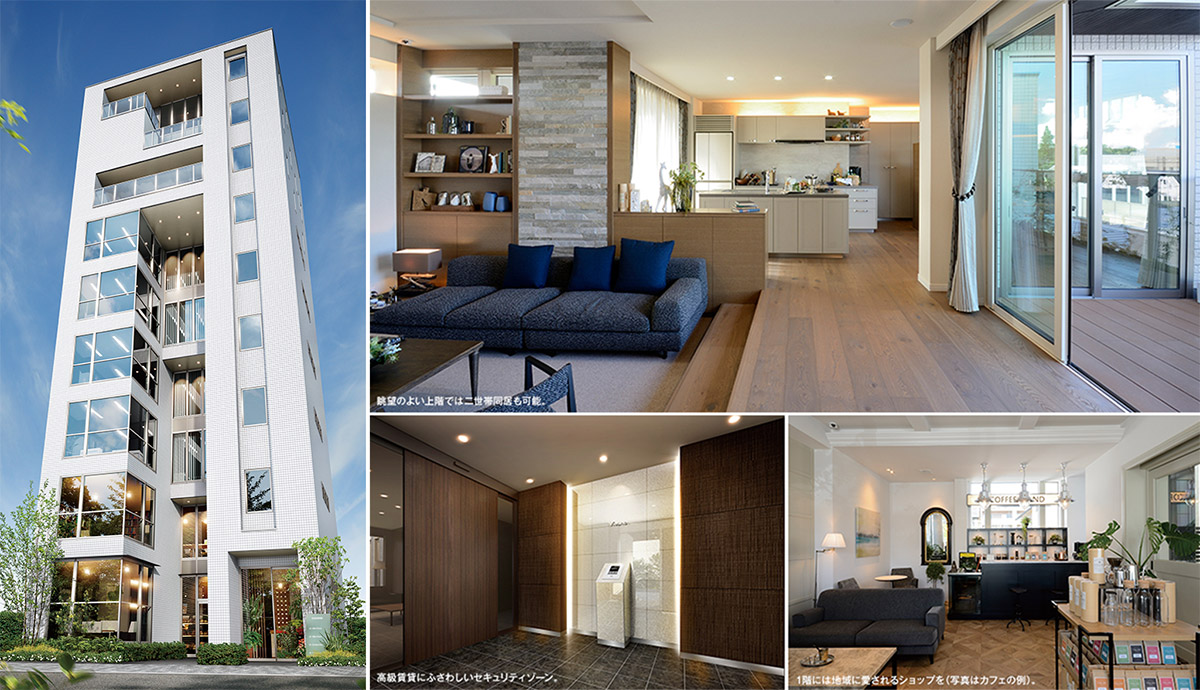
In an industry first, PanaHome is now offering a 9-storey home for landowners who want to maximize the use of their land.
The suggested layout for the ‘Vieuno9’ high-rise home includes retail space on the ground floor, office and rental apartments on the lower floors, and the owner's residence on the upper floors. The steel-frame structure allows for ceiling heights of up to 4 meters on the ground floor and 3.14 meters on the top floor, with mid-floors having generous ceiling heights of 2.84 meters.
In 2016, housing starts for multi-storey dwellings (between 3 ~ 9 floors) reached 43,530 units nationwide, an increase of 7.8% from 2015. 82.5% of these homes were located in the Tokyo-Nagoya-Osaka belt where land prices are typically high while lot sizes are small. The Tokyo metropolitan area accounted for 30.6% of these housing starts.Read more
Developer loses 6 billion Yen in fraudulent land sale
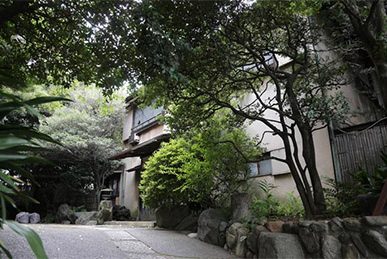
Major property developer Sekisui House has reported to have lost as much as 6.3 billion Yen (approx. 58 million USD) to scammers in a fraudulent land sale in central Tokyo.
According to a public announcement made by Sekisui earlier this month, they had agreed to purchase the property from a company that claimed to have already signed a tentative sales agreement with the alleged property owner. On the day of settlement, the property title was to be transferred from the original owner to the middle company and then to Sekisui. After the money had changed hands, the registry office (the government agency responsible for recording official changes in property titles) rejected the deed-change application because the title and identification documents from the alleged seller were falsified. By this point the ‘seller’ and associated parties had fled with the money and could not be contacted.
